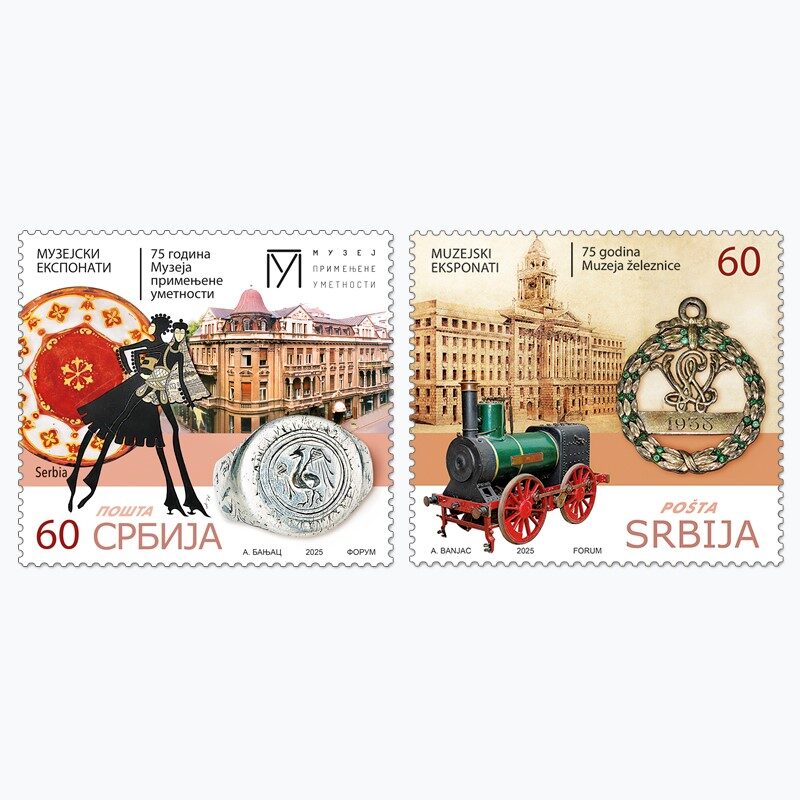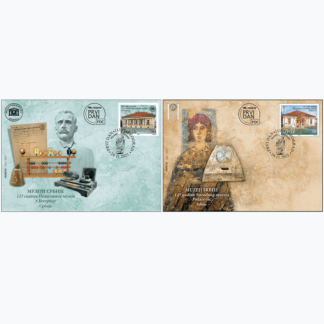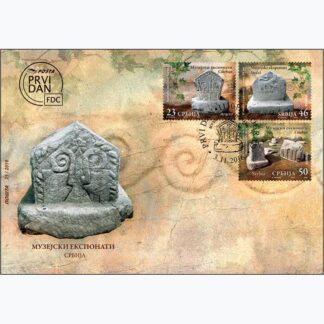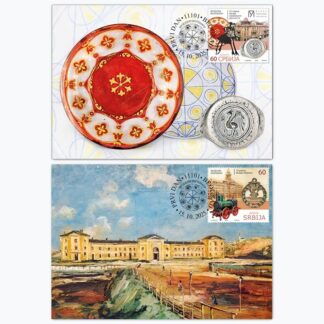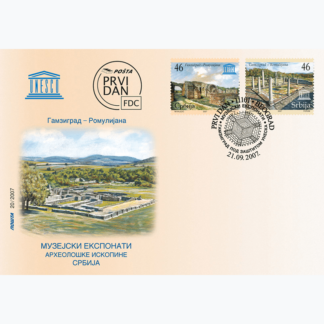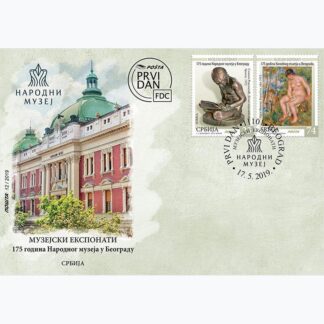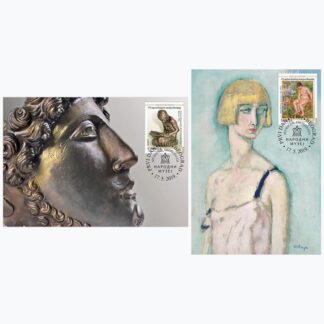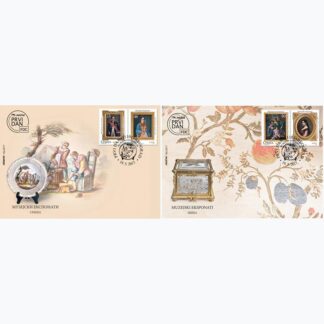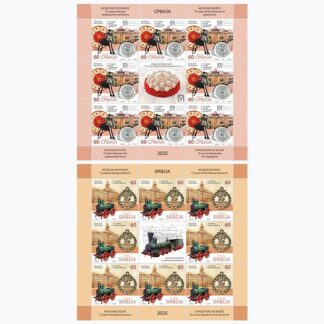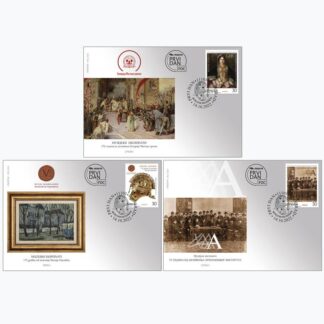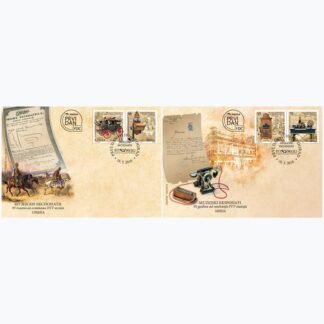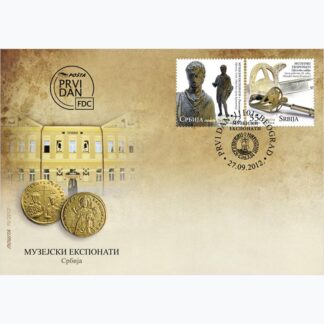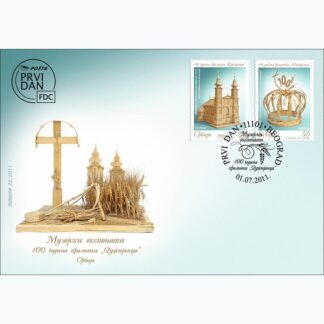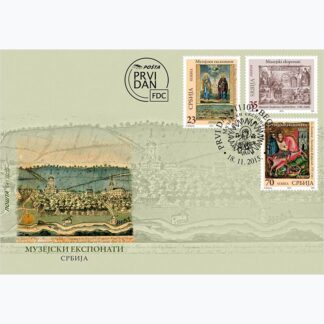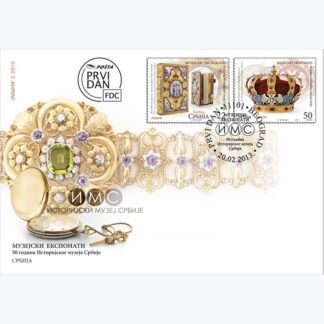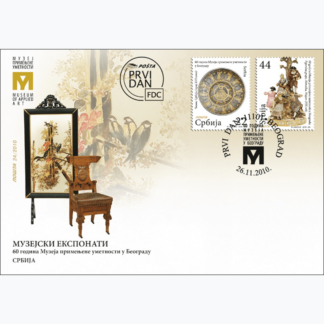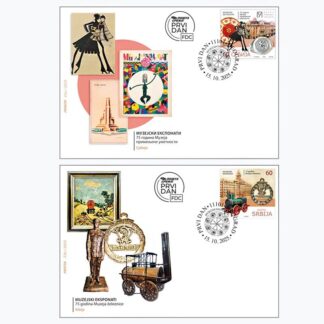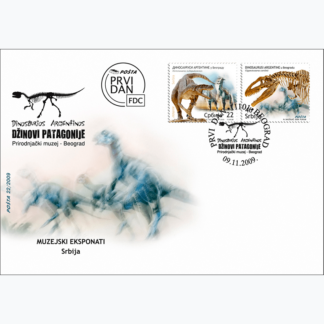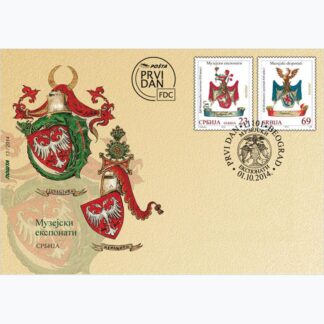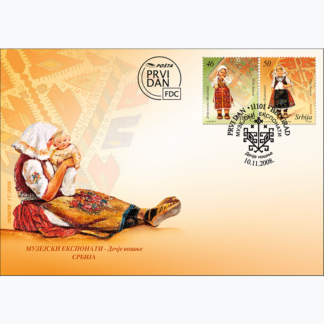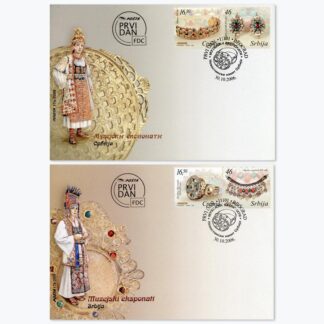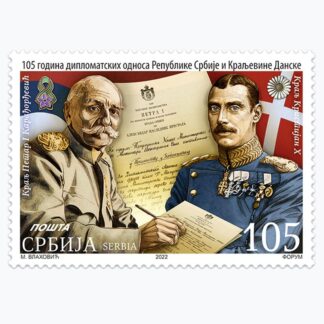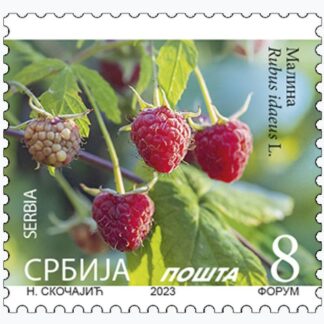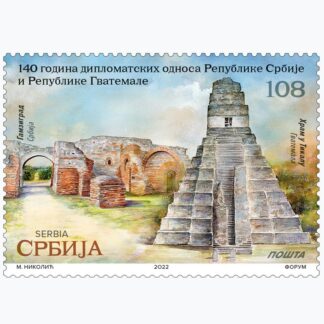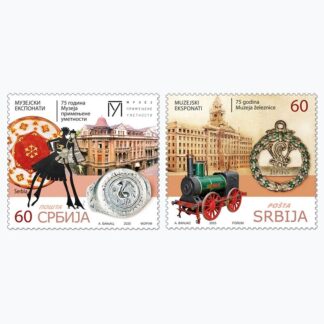Description
75 years of the Museum of Applied Art
The Museum of Applied Arts (MAA) in Belgrade was founded on November 6, 1950, as the main institution for applied arts in the territory of the Republic of Serbia. In its seven current art collections, the heritage of national and international applied art and design is preserved, tradition is nurtured, and an active attitude towards contemporary artistic practices is fostered. The museum is located in the Čelebonović Palace, at 18 Vuka Karadžića Street, which is one of the most representative examples of Belgrade architecture from the 1920s. The Museum owns around 45,000 objects of applied art, including works of exceptional artistic and cultural significance. The Museum’s collections include the following: Metal and Jewellery; Furniture; Ceramics; Glass and Porcelain; Textiles and Costumes; Architecture and Urbanism; Photography; Applied Graphics and Artistic Book Processing; Contemporary Applied Art and Design. Overall, the collections trace the development of applied art over a period of almost 2,500 years.
In addition to the basic museum activities of research, collection and preservation, the MAA organizes appearances of the Republic of Serbia at international events and festivals. The Museum’s activities also include documentation, wood and textile conservation, and a library. The Museum’s exhibition activities take place in as many as four active gallery spaces, including traditional events such as the Architecture Salon, the Contemporary Applied Arts Salon and the Children’s October Salon, studio exhibitions that open every year on the Day of the Museum of Applied Arts, as well as numerous program and visiting exhibitions. On the occasion of the anniversary in 2025, the Museum of Applied Arts will present a selection of the most representative objects from its collections as part of the new Permanent Exhibition.
Stamp motifs: Dessert tray, Principality of Serbia, around 1850 Crni Vrh, Glass Factory of Avram Petronijević, cast glass, red glaze, enamel, gold paint.
Aleksandar Joksimović, illustration for the collection Prokleta Jerina, Belgrade, 1968, paper, ink, printed fragment of a reproduction of baroque graphics.
Signet ring, silver, niello, second half of the 14th century.
Vignette motif: Head-ornament – tepeluk, Principality / Kingdom of Serbia, second half of the 19th century, wool, pearl; baize, embroidery.
Envelope motifs: Aleksandar Joksimović, illustration for the collection Prokleta Jerina, Belgrade, 1968, paper, ink, printed fragment of a reproduction of baroque graphics.
Dušan Janković, Draft for a poster for the One Thousand and Second Night ball, Belgrade, 1923, paper, tempera, ink.
Milan Zloković, Lighthouse Tower in San Domingo – Columbus Tower, combination of ink on paper with watercolour technique and wax paints.
Maximum Card motifs: Dessert tray, Principality of Serbia, around 1850 Crni Vrh, Glass Factory of Avram Petronijević, cast glass, red glaze, enamel, gold paint.
Ivan Tabaković, Plate, Belgrade, 1965, maiolica.
Signet ring, silver, niello, second half of the 14th century.
Expert cooperation on the issue: Museum of Applied Arts
Artistic realization of the issue: MA Anamari Banjac, Academic Painter
75 years of the Railway Museum
The Railway Museum, part of Serbian Railways JSC, guardian of the rich and colourful history of railways in this region, is located in the monumental building of the former Ministry of Transport, in Nemanja Street. The building was built in 1931 according to the project of architect Svetozar Jovanović.
The Museum was founded on February 1, 1950 and is a living monument to the time when the railway was the main driver of development, a symbol of progress and connectivity. It preserves the memory of the people who built the railways, operated the trains and took care of their maintenance. The Railway Museum was founded as the only museum of its kind in the then FNR Yugoslavia. The founder’s idea was to collect, preserve and exhibit materials that testify to the development of the railway.
The museum collections are as follows: Technical, Historical, Applied Art Collection and Art Collection. Through its collections, Library and Archives, the Museum allows visitors to enter the world of railways.
Stamp motifs: Stefan Rafaj, New building of the Ministry of Transport and General Directorate Belgrade, drawing, exhibit of permanent exhibition;
The medal encrusted with emeralds (obverse), awarded by the Wagons-Lits company to its employee Milan Ciganović in 1938;
George Stevenson’s 1875 steam locomotive model.
Envelope motifs: Vasa Pomorišac, Tank on the Doboj – Banja Luka railway, oil on hardboard;
The medal encrusted with emeralds (reverse), awarded by the Wagons-Lits company to its employee Milan Ciganović in 1938;
Stanoje Cvetković, Train dispatcher with a baton, plaster cast;
Locomotive model No. 1 – George Stevenson.
Maximum card motif: Belgrade Railway Station in 1884 by Nikola Graovac (1907–2000), a painting that is part of the Art Collection, represents a valuable testimony of the appearance of Belgrade and the station in the 19th century. The railway station was built between 1882 and 1885. Its architect was Dragutin Milutinović, and today it has the status of a cultural monument of great importance. At the time of its construction, the building was one of the most monumental buildings and symbols of the then royal capital.
Professional cooperation on the issue: Railway Museum, part of Serbian Railways JSC
Artistic realization of the issue: MA Anamari Banjac, academic painter
